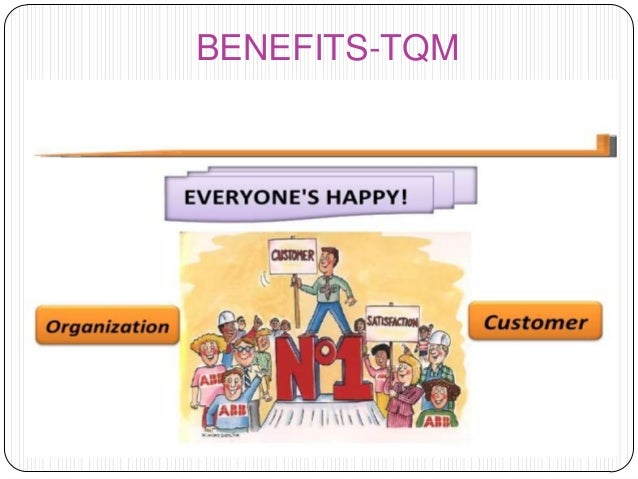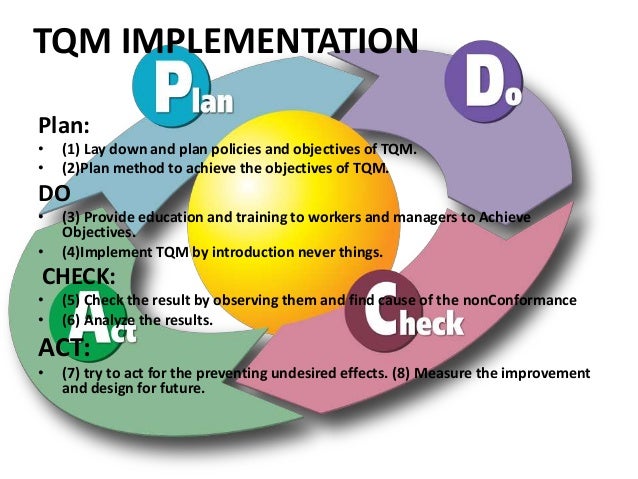1. Define Total Quality?
TQM is a enhancement to the traditional way of doing business. It is the art of managing the whole to achieve excellence. It is defined both a philosophy and a set of guiding principles that represent the foundation of a continuously improving organization.
2. Define Quality?
Quality = Performance x Expectations
TQM is a enhancement to the traditional way of doing business. It is the art of managing the whole to achieve excellence. It is defined both a philosophy and a set of guiding principles that represent the foundation of a continuously improving organization.
2. Define Quality?
Quality = Performance x Expectations


